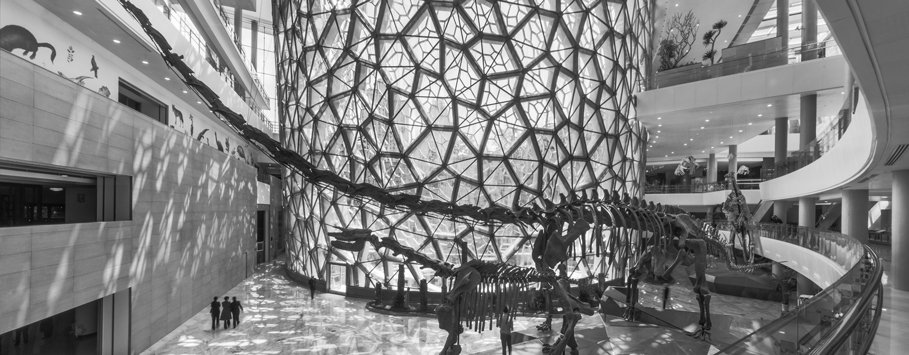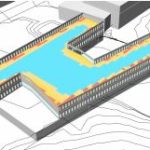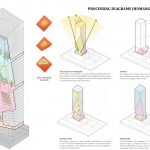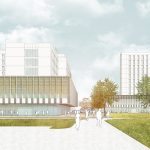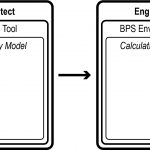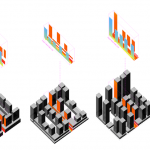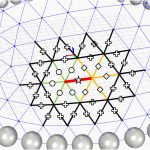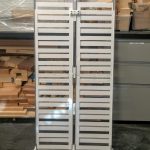
Perkins and Will is at the forefront of innovation and technology in Architecture, and to keep this trajectory we must look forward into market innovations and emerging technologies. This project analyzes a patent-pending shading technology for its ability to increase performance of buildings in multiple locations in comparison to standard shading strategies. This patent-pending technology... Read more »

